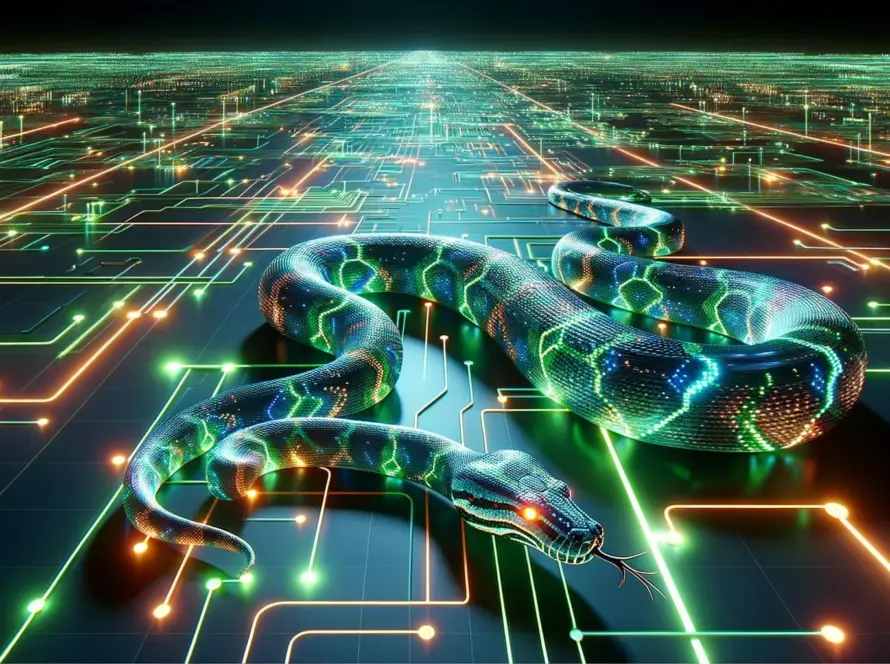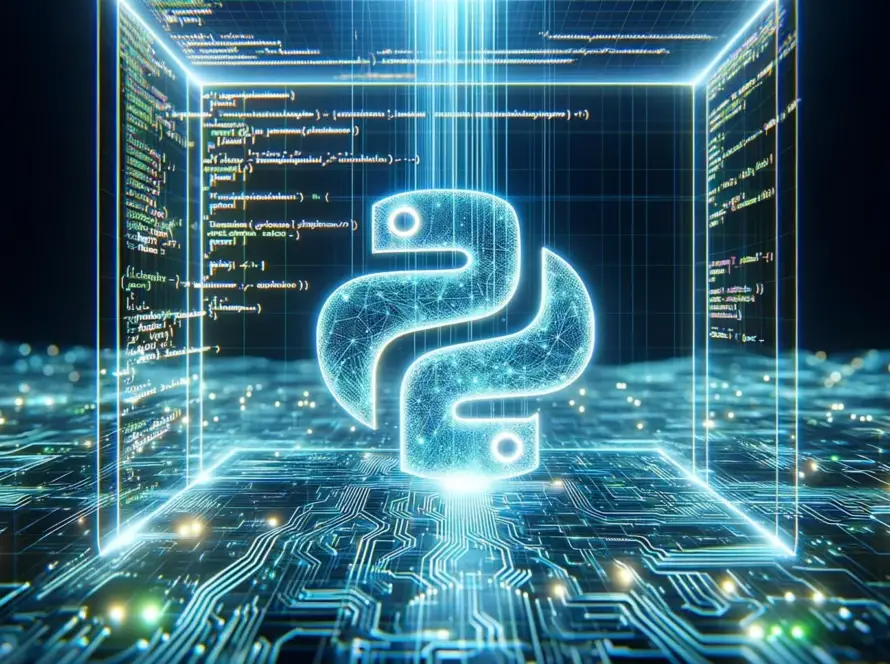Generated by Contentify AI

Key Takeaways
- Python is a high-level programming language known for its readability and simplicity
- Python was created in the late 1980s by Guido van Rossum
- Python has gained popularity for its usage in various fields like web development, data science, and artificial intelligence
The Python programming language stands out as a flexible and powerful tool that has shaped the world of technology over the years. Created by Guido van Rossum and first released in 1991, Python has since evolved into a popular programming language known for its readability and versatility. Its syntax allows developers to express concepts in fewer lines of code compared to other programming languages, making it a favorite for beginners and experienced programmers alike.
One of the key factors contributing to Python’s success is its open-source nature, allowing developers to contribute to its ongoing development. The Python Software Foundation oversees the language’s development, ensuring its continued growth and relevance in the ever-changing landscape of technology. With a vast library of modules and packages available, Python offers solutions for a wide range of applications, from web development to data analysis and machine learning.
Python’s journey from its humble beginnings to becoming one of the most widely used programming languages today showcases its adaptability and the community’s dedication to its improvement. As technology continues to advance, Python remains at the forefront, paving the way for innovation and creativity in software development. Whether you are a seasoned developer or just beginning your programming journey, Python’s rich history and evolution make it a valuable language to learn and master.



